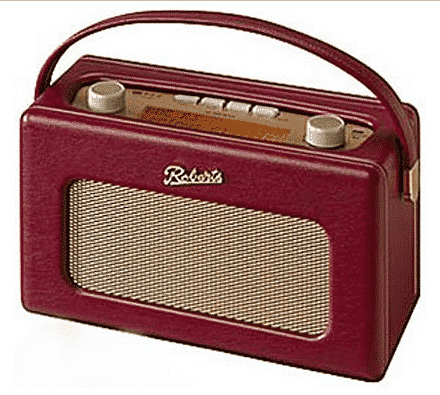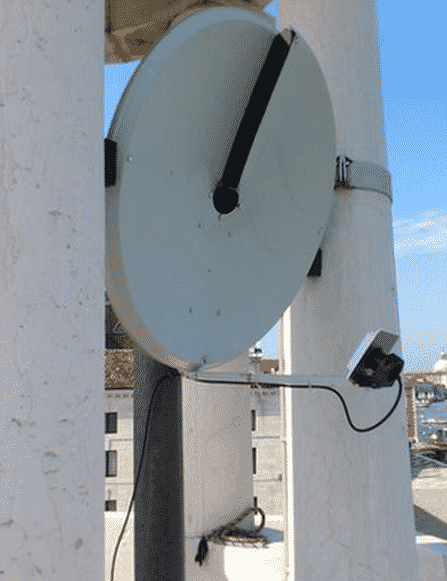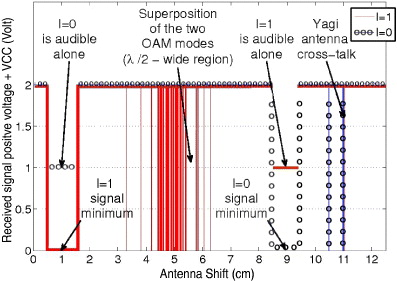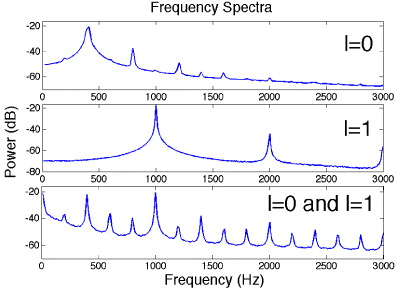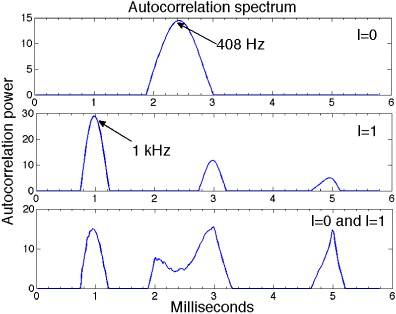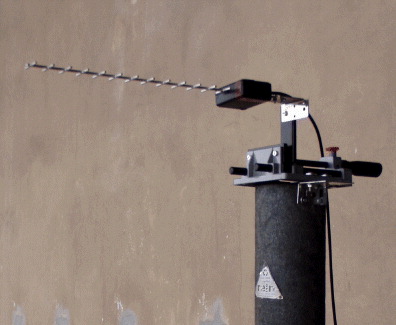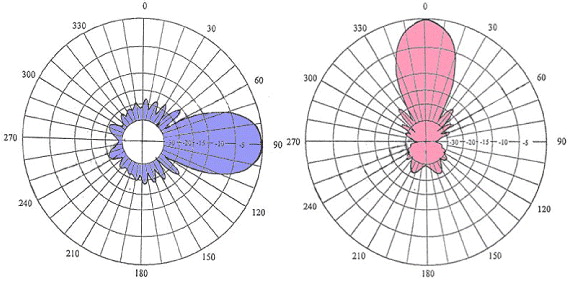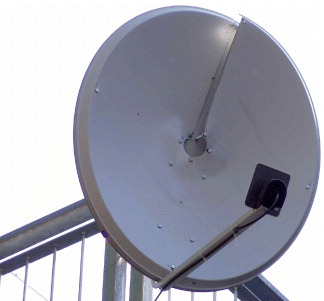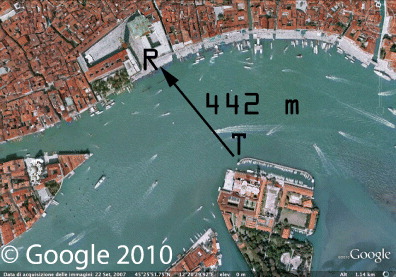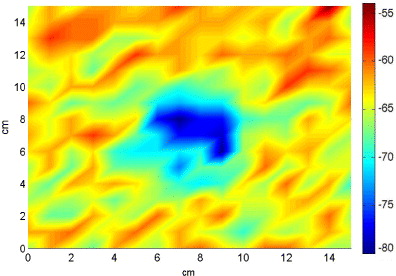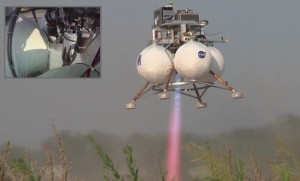After more than 3 years of incredulity and ungentle mocking, Bo Thide of the Swedish Institute of Space Physics and a team in Venice, Italy have finally proved that it’s possible to simultaneously transmit multiple radio channels over exactly the same wireless frequency. In theory, it can potentially transmit an ‘infinite number’ of TV, radio, WiFi, and cellular channels at the same time over the same frequency. The team exploited a property of radio waves named ‘orbital angular momentum’ to send 2 signals on the same frequency. They provided those 2 signals different amounts of orbital angular momentum.
A wave can twist about its axis a specific number of times in either a clockwise or anti-clockwise direction, giving it several possible configurations. Electromagnetic waves have both spin angular and orbital angular momentum (OAM). For example: when picturing the Earth-Sun system, spin momentum becomes the Earth that rotates on its axis (producing the day-night cycle). On the contrary, orbital momentum becomes the Earth that rotates around the sun (producing the seasons).
But, in our practical standard wireless communications like radio, TV, WiFi: we are only able to modulate the spin angular momentum of waves. Professor Thide found after long study of the basic theory that, the orbital angular momentum might be possible to be added to wireless signals. But in order to do that, ‘radio vortex’, an effective spiral signal needs to be created.
The team demonstrated the who process by beaming their pasta-shaped waves across the waters of Venice. They transmitted 2 twisted radio waves, in the 2.4GHz band, over a distance of 442 metres from a lighthouse on San Georgio Island to a satellite dish on a balcony at the Palazzo Ducale on the mainland of Venice. The frequency was able to pick up the two separate channels. You can click here, if you are interested to see more image and know the math equations, calculation table, frequency methods and techniques.
Dr Fabrizio Tamburini said, “Each of these twisted beams can be independently generated, propagated and detected even in the very same frequency band, behaving as independent communication channels. By using multiplexing, it should be possible to give 55 channels on the same frequency band.”
Source : BBC
[ttjad]

